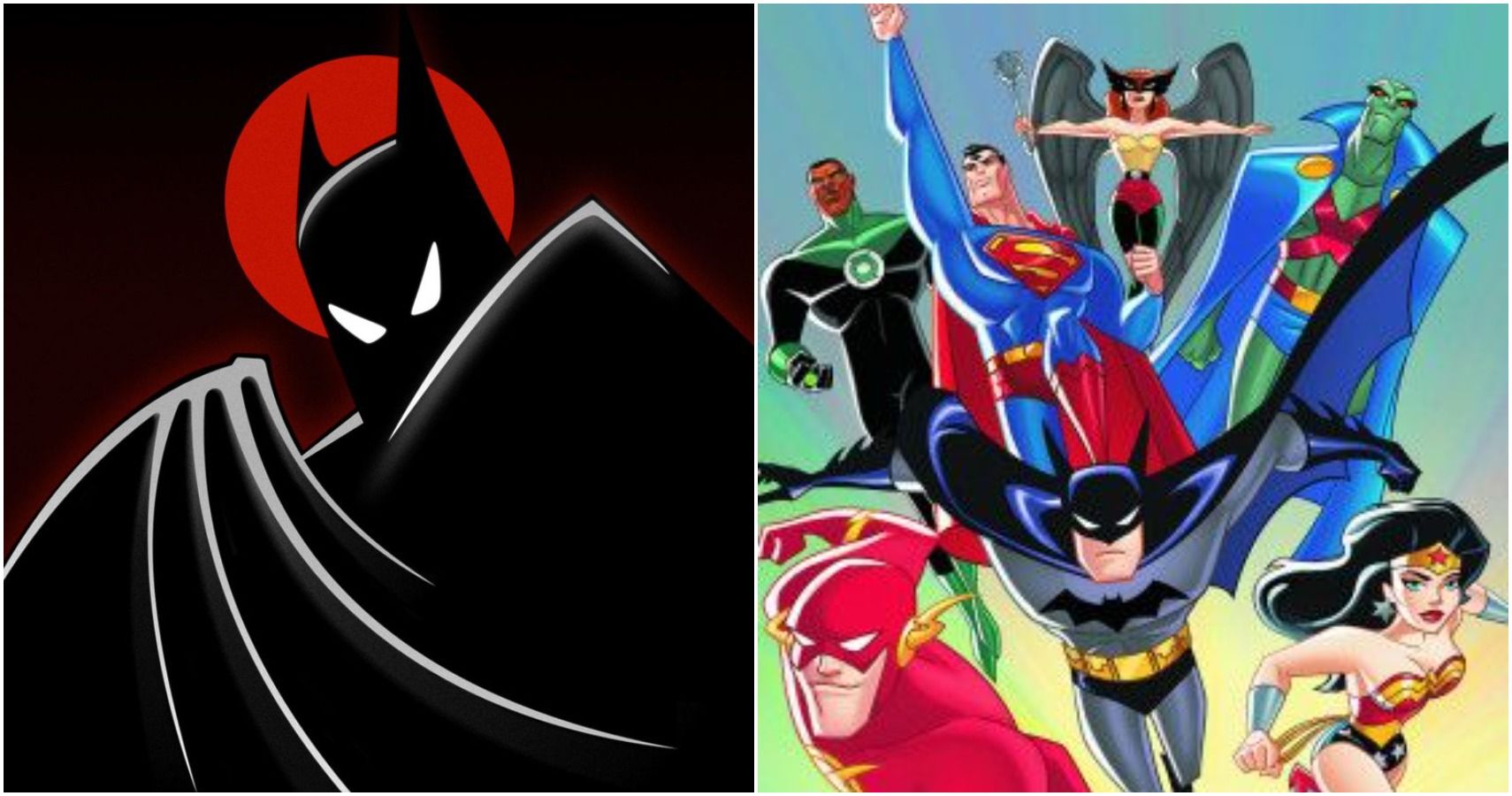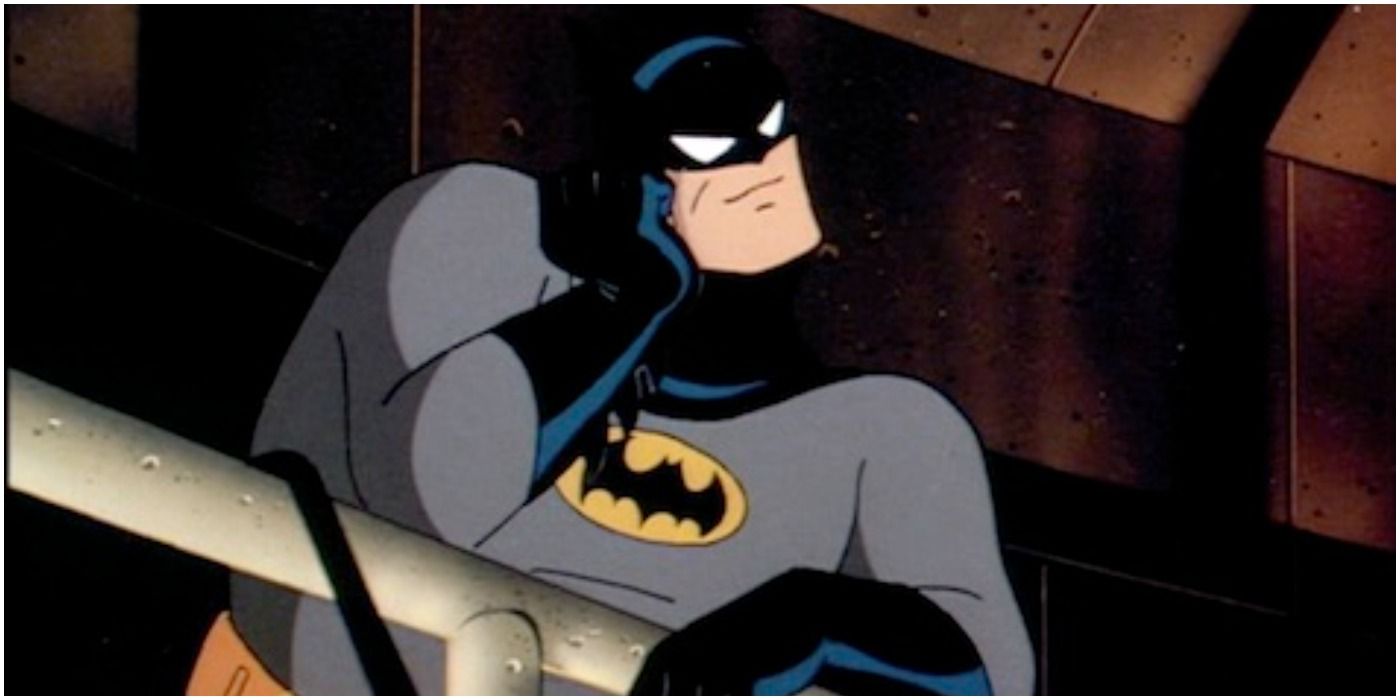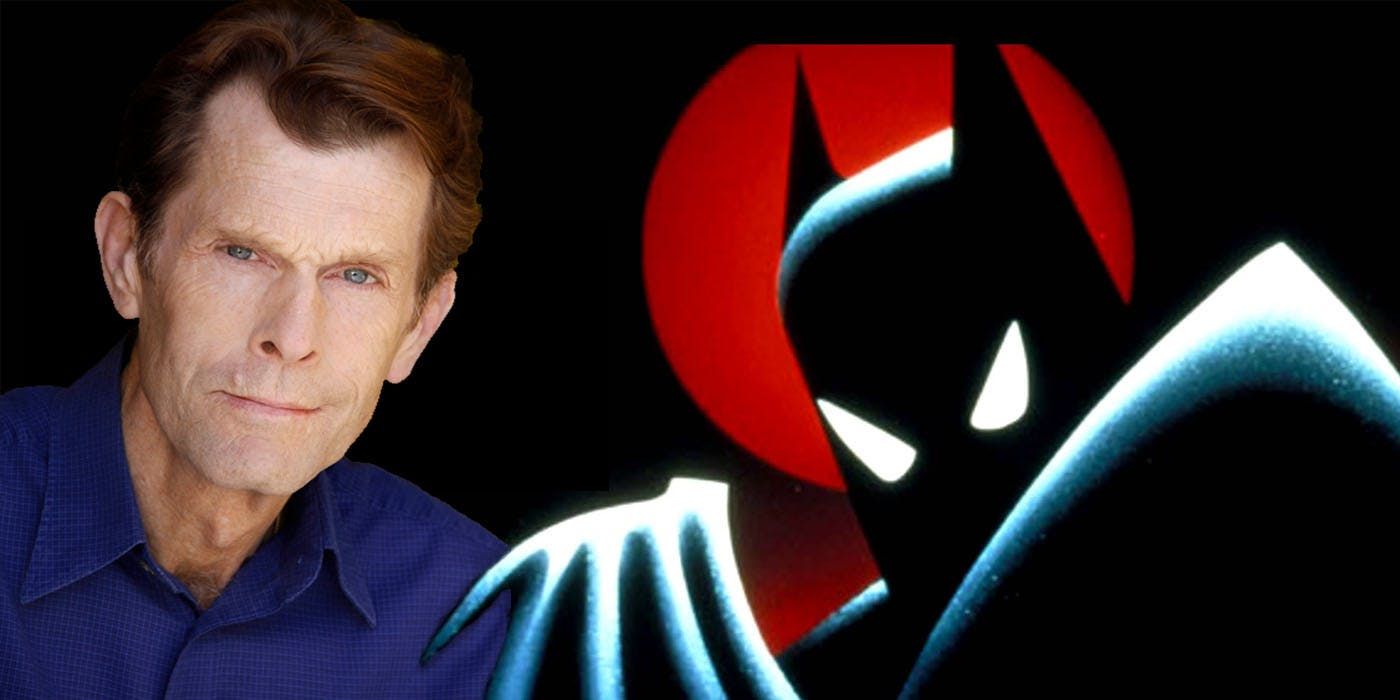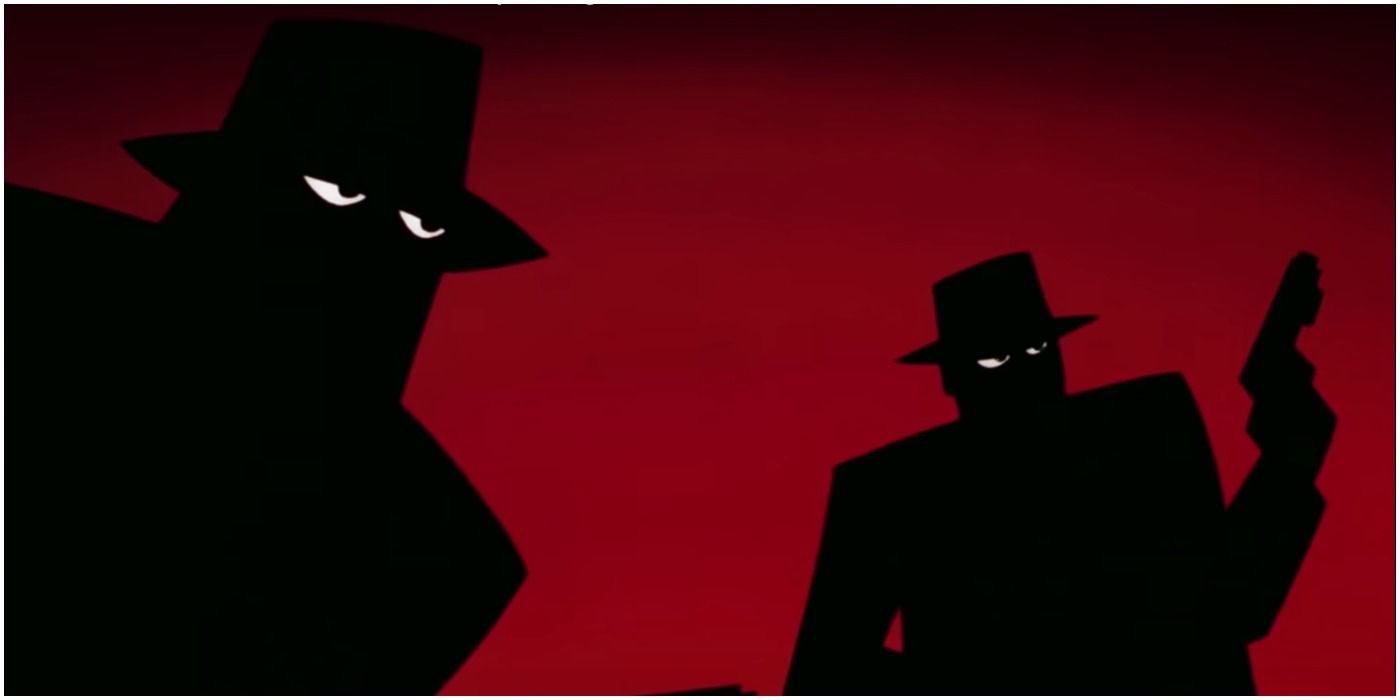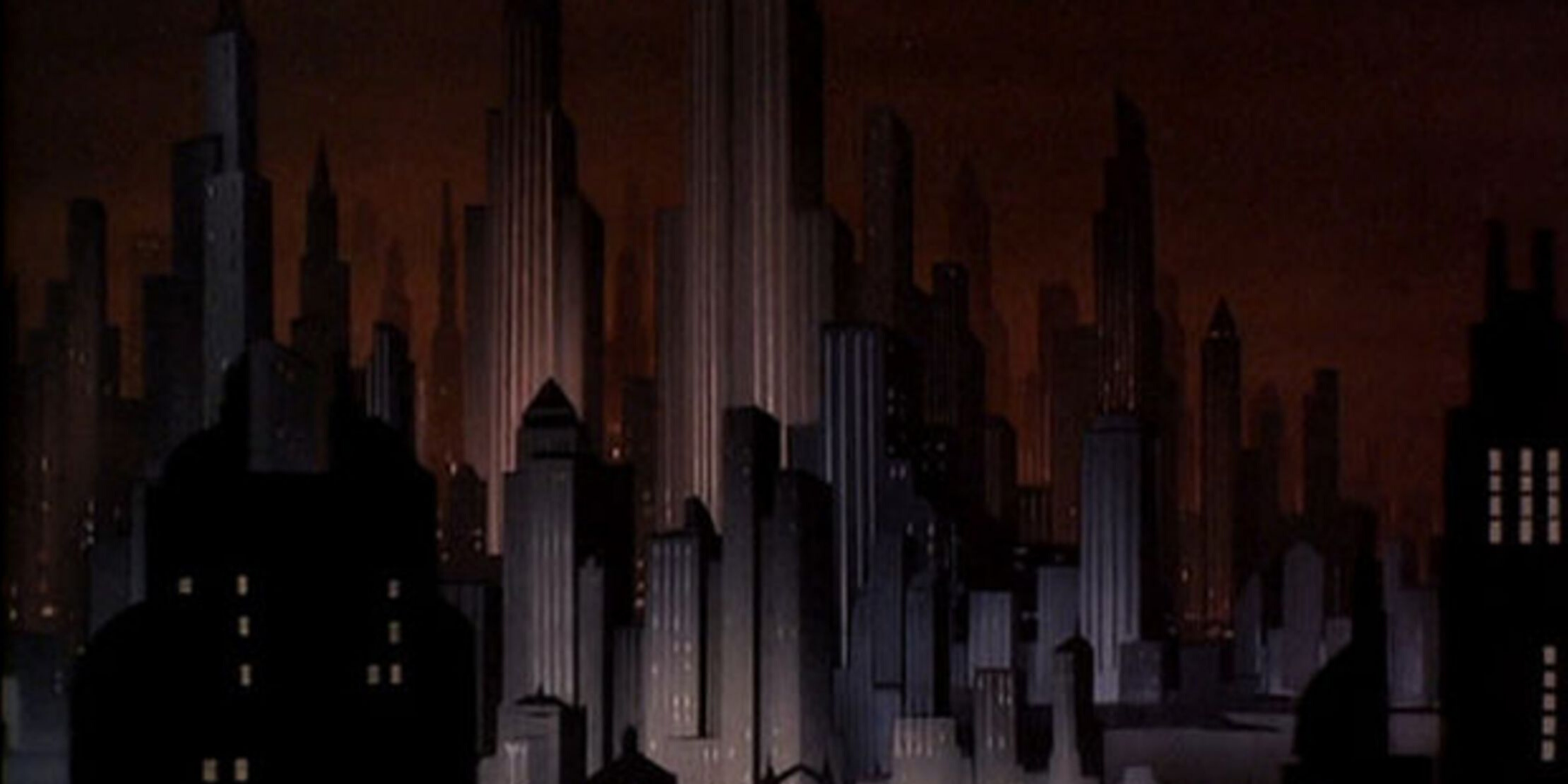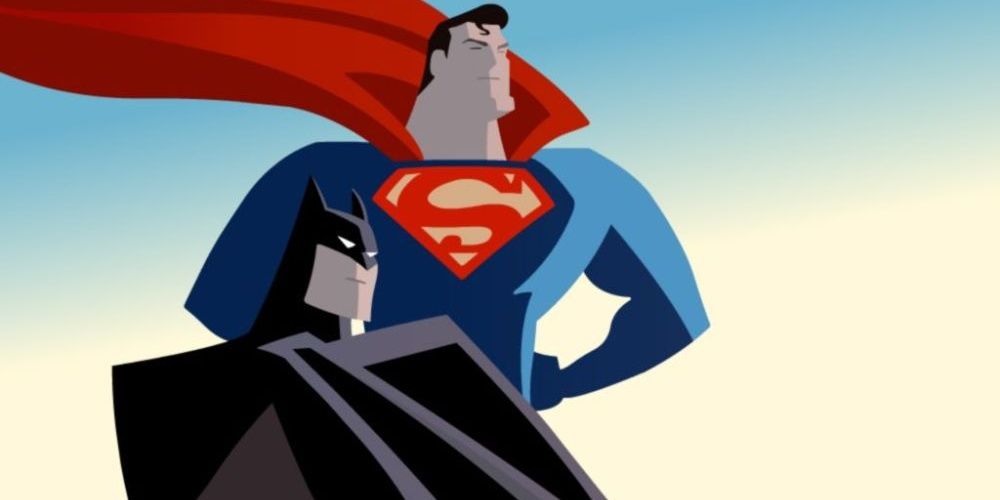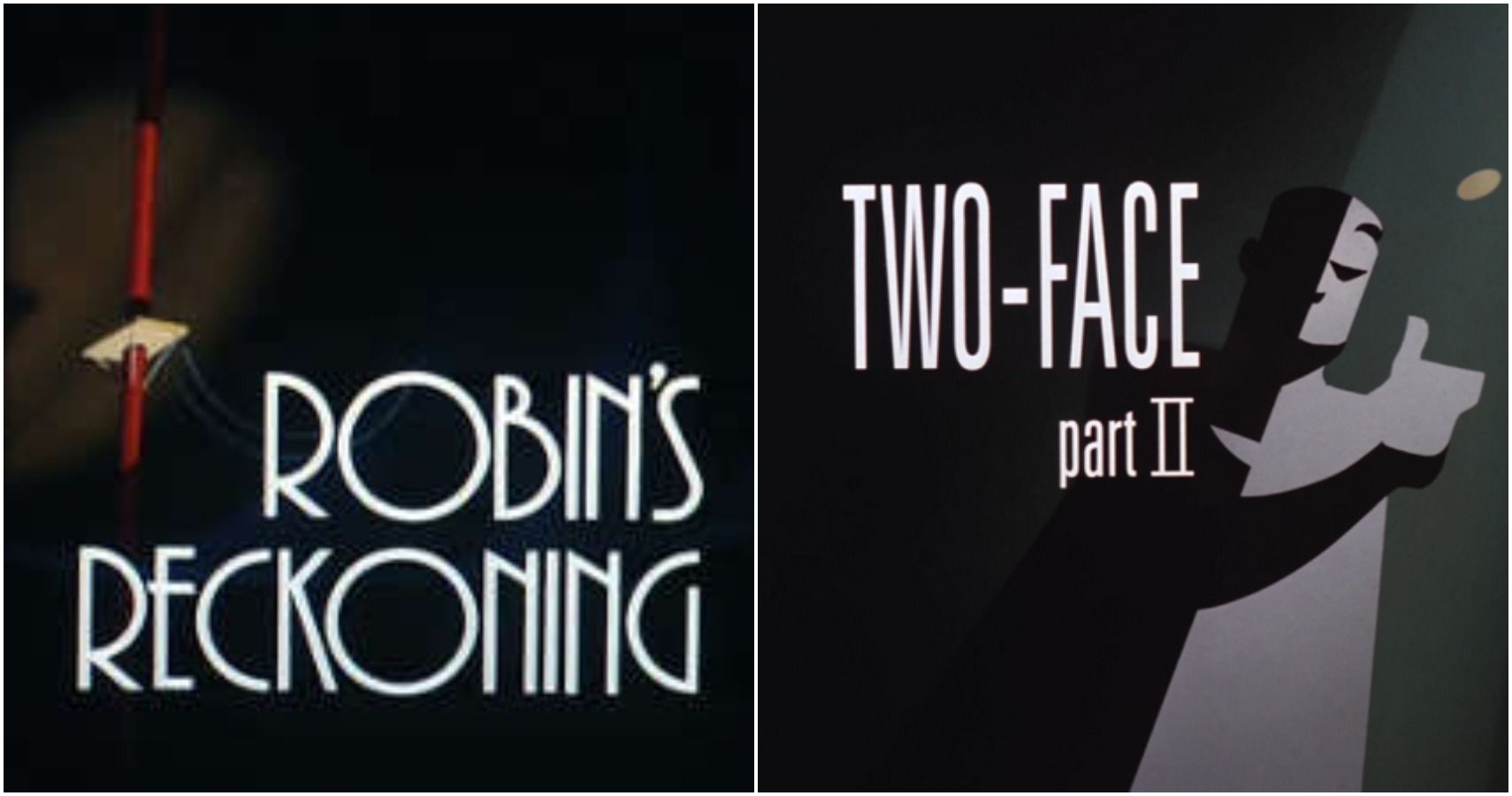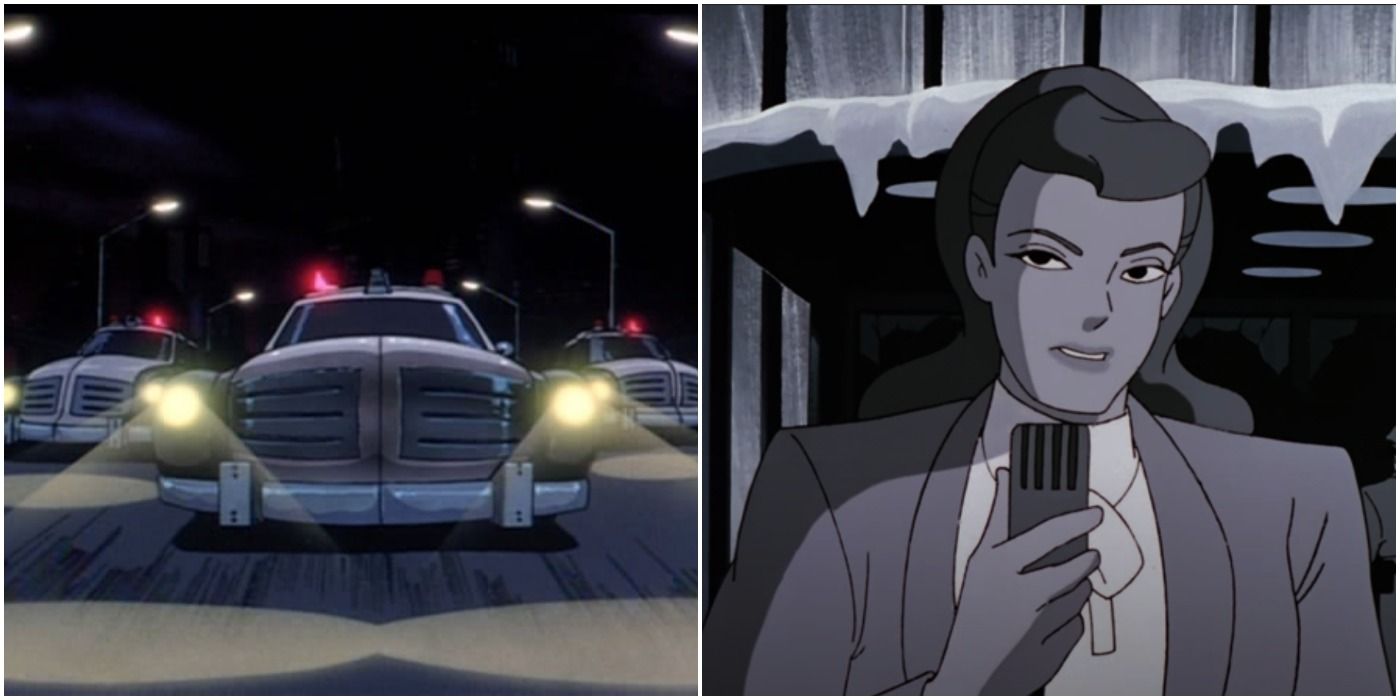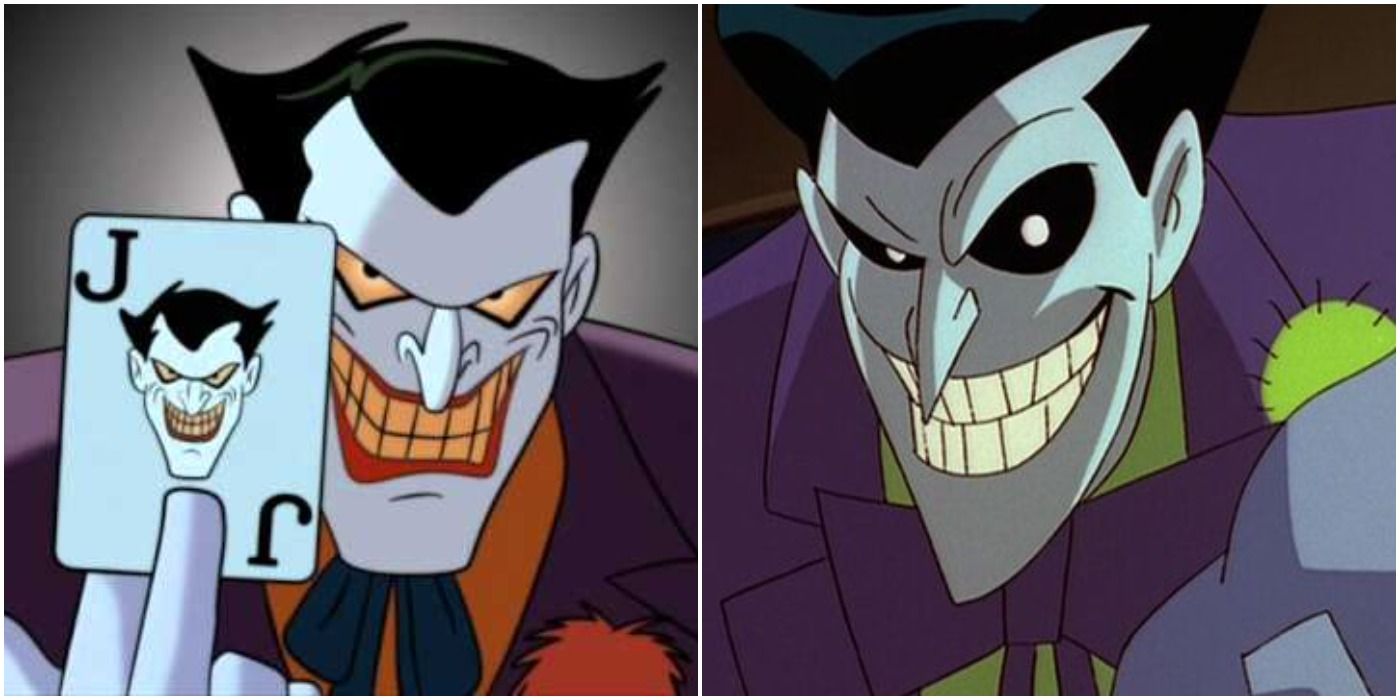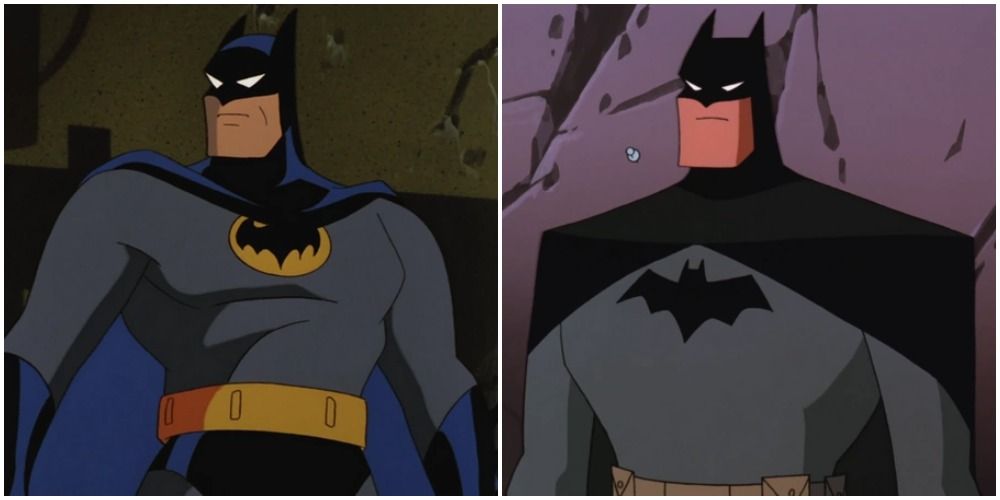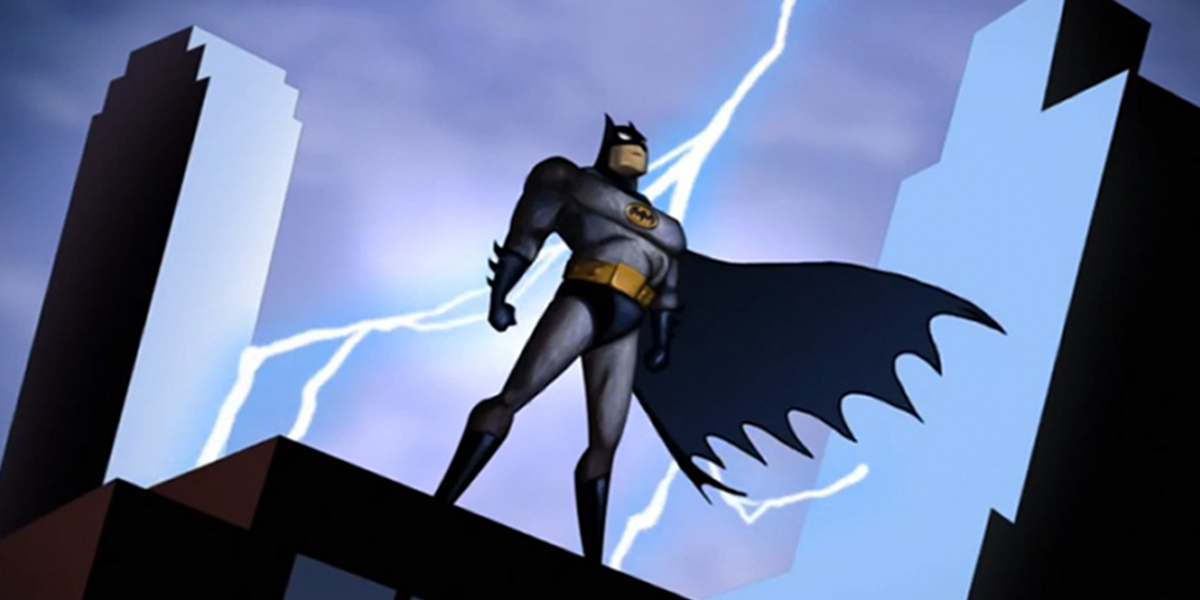If Batman: The Animated Series (hereinafter B:TAS) hadn't received the acclaim and popularity which it did, there never would've been a DC Animated Universe (DCAU) created to follow up on it.
However, as with any long-term creative project helmed by many different voices, there are bound to be some discrepancies between older works and later ones. Since B:TAS was created before the DCAU was even a blink in the mind's eye of Bruce Timm, it stands distinct from later DCAU works in many respects.
10 A Sunnier Batman
In B:TAS, Batman smiles, crack jokes, and is warm towards those closest to him. He was certainly grimmer than Adam West's Batman, but he was a far cry from Frank Miller's Dark Knight too. From The New Batman Adventures (TNBA) onward, however, Batman becomes blunter, sterner, and when he does rarely show his sense of humor, it's remarkably dry. This wasn't a characterization shift, however, but character development. The continual stress of crime-fighting and his falling out with Dick Grayson hardened Batman's heart, culminating in Batman Beyond, where Bruce spends his twilight years mostly alone and bitter.
9 Kevin Conroy uses a different voice for Batman & Bruce Wayne
Related to the above, throughout B:TAS, whenever Batman was in public as Bruce Wayne, Kevin Conroy used a higher-pitched, friendlier voice. In the context of the show, this was Batman masking his voice when out-of-costume. That Batman altered his voice when appearing as Bruce Wayne, rather than the other way around, reflected his characterization - Bruce Wayne is Batman's mask, rather than the other way around. Beginning with TNBA, however, Conroy used the gruffer, "natural" voice when in-character as both Batman and Bruce Wayne, reflecting how the character had started down a darker path.
8 Lower Stake Threats
The last-released DCAU productions were Justice League & Justice League Unlimited. In those series, the Justice League was often the last barrier against apocalypse, regularly facing-down larger-than-life threats like alien invasions and alternate dimensions.
In B:TAS, however, Batman deals with mostly street level crime. The show featured plenty of super-villains, but for the most part, only Gotham City was in peril, not the whole world.
7 More Grounded Tone
B:TAS took its primary inspiration from the 1970s Batman stories penned by Dennis O'Neil & Neal Adams. Though not realistic, it was these Crime Alley-esque stories that begun moving Batman away from outright camp by hewing closer to the gothic pulp tone in Bill Finger and Bob Kane's earliest Batman stories. Now, B:TAS did make the occasional dip into science-fiction or fantasy, but these were only the occasional foray, not the overriding tone as they would be in later DCAU series.
6 No Crossovers
While the first of its kind, B:TAS doesn't do much legwork in terms of laying out the narrative that the DCAU would ultimately follow. In fact, the creative team purposefully kept the series isolated from the wider DC Universe, never allowing cameos by big-name heroes barring a one-off guest spot by Zatanna (even then, she's only shown as a mundane magician, not an outright sorceress). When Superman: The Animated Series began to air alongside B:TAS sequel TNBA, the worlds finally connected in 3-part episode "World's Finest." After that, the internal continuity of the DCAU became a tightly-woven thread.
5 Title Cards
With a handful of exceptions, every episode of B:TAS opened on a still-frame title card. These often beautifully rendered title cards featured stylized font referencing those used in old Hollywood and offered a shadow-drenched hint of the episode's narrative.
However, this practice went unused by the rest of the DCAU and was dropped in TNBA. While doing so likely made sense from a production standpoint, the distinctive beauty of the title cards means their absence was a shame.
4 Retro Aesthetic
In order to give the series a more timeless feel, the art team behind B:TAS gave the series' Gotham City a retro look right out of early 20th century America. The cars and fashion seemed to have imported from the 1940s, while all the television screens used black-and-white color. This stylistic look was discarded by the rest of the DCAU, which opted for a less noticeable, more contemporaneous look.
3 Character Designs
The New Batman Adventures saw much of the cast redesigned from how they had appeared on B:TAS. Some characters (Harley Quinn, Poison Ivy, Two-Face, etc.) still looked mostly the same, but other redesigns were more radical. Killer Croc's skin had mutated from a sickly grey to a reptilian green, the Scarecrow looked downright undead, and the Joker's features were sharper on top a new outfit (purple & green rather than purple & orange). It was these redesigns that continued to be used throughout the rest of the DCAU.
2 Different Costume
On top of all the character redesigns was Batman himself, who between B:TAS and TNBA had traded in his costumes. In B:TAS, his costume looked as if it had jumped right off of Neal Adams' drawings onto the television screen; there were the blue-shadings to the cape and cowl plus the bat-symbol encircled by a yellow oval on the costume's chest.
In TNBA, the basic outline of costume was the same yet the details were distinctly different - Batman now resembled how he'd been drawn by David Mazzucchelli in "Batman: Year One," with pure black having displaced the blue and the yellow oval gone entirely.
1 Different Art Style
The gorgeous, bouncy art-style of B:TAS homages that used by Fleischer Studios' theatrical Superman cartoons in the 1940s. This greatly aided both the series' sense of timelessness and the film noir trappings of the aesthetic; to seal the deal, the animators used white colors on black paper, the inverse of the industry standard. The shift in art style was a direct consequence of the shared universe; to bring the series' animation in-line with that of Superman: TAS, TNBA used a different style than its predecessor. The curved lines were straightened, backgrounds simplified, and the show look more stylized, if not necessarily better.

